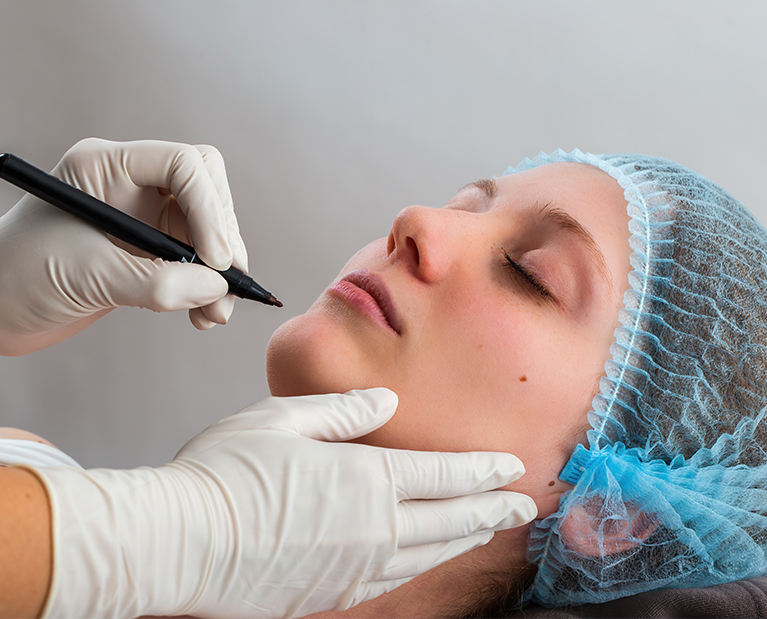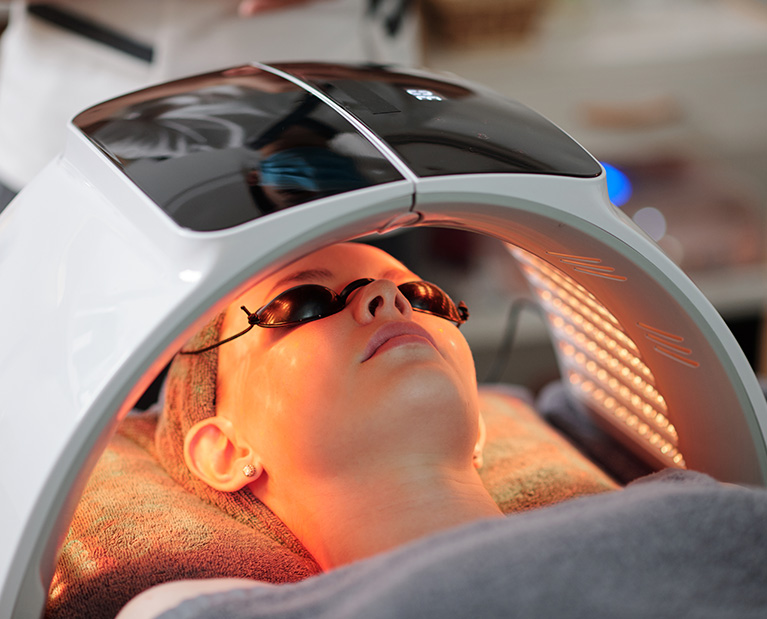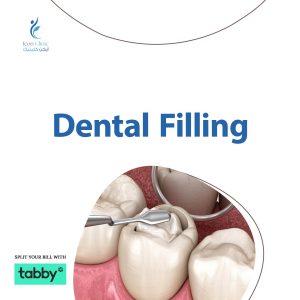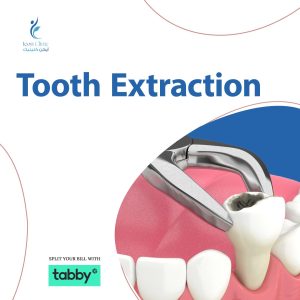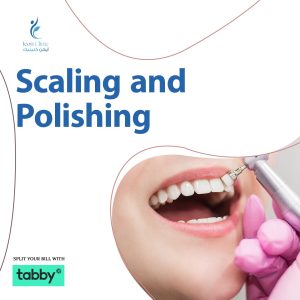Reveal Your Iconic Beauty: Smile, Glow, and Shine!
Dedicated to Transforming Lives Through Precision Care and Timeless Beauty.
Expert Team of Specialists
Personalized Treatment Plans
Patient-Centric Approach
Convenient Location
about us
Icon clinic your way to a better life
Icon Clinic the first destination for comprehensive medical services in Abu Dhabi. We offer you distinctive packages of medical services that meet the personal and unique needs of our clients in cooperation with the largest specialists in all fields and using the latest technologies and equipment around the world.
With a commitment to excellence and a passion to provide exceptional care and outstanding results.


Comprehensive Dental Services
Advanced Dermatology Treatments
Multivitamins IV Drip Therapy
Laser Hair Removal
What We Do
Get the service level you deserve
At Icon Clinic, we provide you with a comprehensive medical care service specifically designed to meet all your needs through a distinctive and comprehensive package of medical services in all fields. Our medical team combines experience and the use of the latest technological equipment to provide exceptional care and amazing results.
Services
Our Services
Enjoy our diverse package of services and get a unique experience
best sellers
Our Featured Beauty Treatments
testimonials
What People Says!
Hear what our valued patients say about their experiences at Icon Clinic.
Icon Clinic is the best! From the moment I walked in, I felt comfortable and well taken care of. The team was knowledgeable and guided me through the entire process. The results exceeded my expectations, and I couldn’t be happier. Thank you, Icon Clinic!
Insurance







